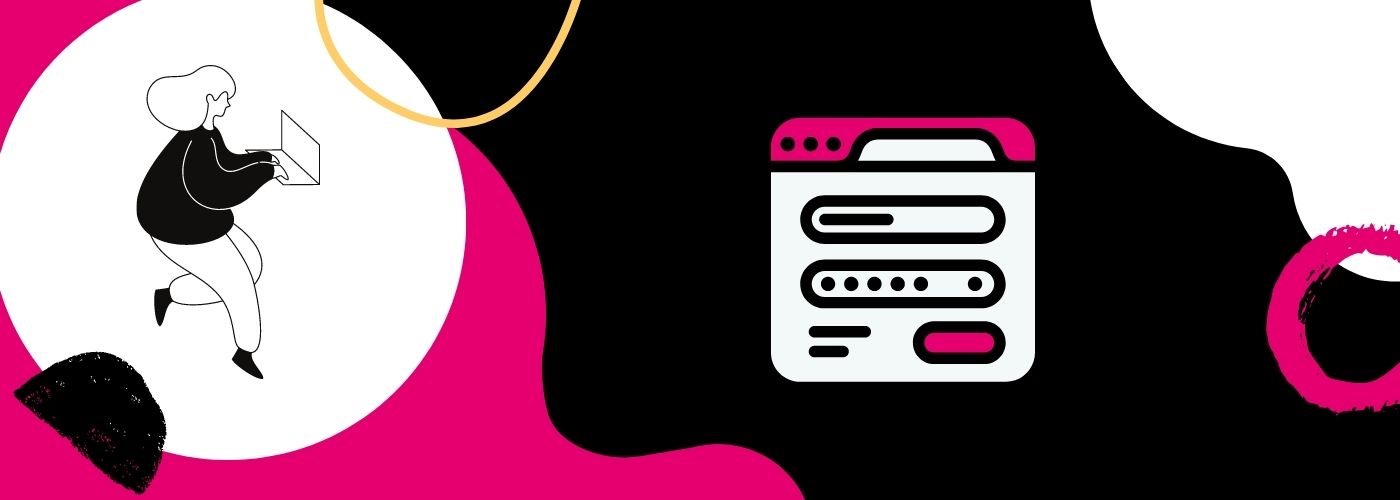Demystifying Accessibility: What Is 508 Compliance?
Updated: July 8, 2022
Michele Landis, Co-Founder and CRO of Accessible 360, joined us on 3Play Media’s Allied Podcast to discuss why there’s so much confusion around Section 508 and demystify its complexity.
“Please understand [accessibility] is not a fad. [Accessibility] isn’t a thing because companies are being sued. It is a thing because it is a violation of humans’ civil rights to the equitable access of publicly available information, goods, and services.”

After clarifying the history around Section 508, Michele helped us uncovered six major misconceptions, listed below, throughout the conversation.
1. An overlay tool is all you need for accessibility

In terms of accessibility, it’s important to understand that building a beautiful and functional website is complex and can cost tens or hundreds of thousands of dollars. It’s a bit unrealistic to think that then miraculously, by installing one line of code, everything will be fixed and 100% compliant. There’s a reason for the old adage, “If it sounds too good to be true, it probably is.” A good example of why overlay tools are not reliable for accessibility is the automatic application of text alternative for images. Just like in a scanning tool, you can scan to see if there’s Alt text, but the test comes back pass regardless of what the Alt text is.
2. A website scan with no errors means your site is accessible & compliant
Most of the research shows that about 25%, 30% of the success criteria called for by WCAG can be covered by any type of automated tool. And it doesn’t mean that a tool can do that 100%, either. A scanning tool is fine if you know what you can rely on the results for – that’s why A360 doesn’t rely on scanning tools in their audits. Other companies do a hybrid, where you’re paying kind of the same amount, but the majority of it’s done supposedly by SaaS or automation, where ours are done by complete live users.
A scanning tool can check color contrast. But the example mentioned earlier, about Alt text, a scanning tool is a pass or fail. So if there’s an Alt text, it’s going to say it has one whether or not the Alt text is effective and useful.
3. Live user accessibility audits cost too much
Live user accessibility audits help you save time and money up front, and can help you avoid a more expensive lawsuit in the future. Michele shares that right from the beginning, Accessible360 was different in that there is no automation in their process whatsoever. It is all live user testing. Every audit is done by teams of humans which include a blind accessibility engineer along with one or two sighted individuals. Accessible360 was the first to adapt this methodology to a wide range of digital products – not just website – including the mobile app audit space, enterprise platforms, Internet of Things device products, especially in the medical field, kiosks. Michele notes, “it’s a big myth that this way of auditing is too expensive, takes too long, and is too hard to do it. It’s not.”
4. Your organization’s role is to ensure accessibility compliance
Your organization’s main role doesn’t have to be ensuring long-term compliance. (Hint: that’s what auditors like Accessible360 are for!) Organizations do need to develop a clear plan for putting money and resources toward compliance, however, just like they do with other corporate initiatives.
The organization also needs to assign ownership so that somebody is taking accountability for this. If you’re a large enough organization, you should have an accessibility coordinator, and you should have multidisciplinary members from your executive team and your front line team concentrated on this. You also need to ensure that there is money allocated in your budget for achieving compliance, and that you select a credible vendor.
Auditors can work with a variety of teams (internal, external, and third-party) to fix digital properties & maintain compliance as long as your team is given the resources and time in order to accomplish this.
5. You settled the lawsuit so you no longer need to worry about accessibility

Settling one lawsuit does not protect you from something else. The reason an organization can get sued again is because there’s no provision in the United States Court system that protects you. There’s no double jeopardy. Your website is an existing, changing piece of code.
6. Accessibility standards are not clear
While things have certainly been added over the years, the standards are in fact very clear. The W3C has a set of international standards – the Web Content Accessibility Guidelines. Over the course of 22 plus years there have been new versions released, each building on the prior version. They are very consistent with four main areas. However, success criteria are added to the WCAG versions when developers and designers create something new in order to maintain accessibility guidelines that ensure there’s equitable access.
—
To learn more about Section 508, its history, and how to meet the standards, listen to the Allied podcast episode by clicking below, or view the accessible version with a transcript.
Further Reading

Subscribe to the Blog Digest
Sign up to receive our blog digest and other information on this topic. You can unsubscribe anytime.
By subscribing you agree to our privacy policy.





